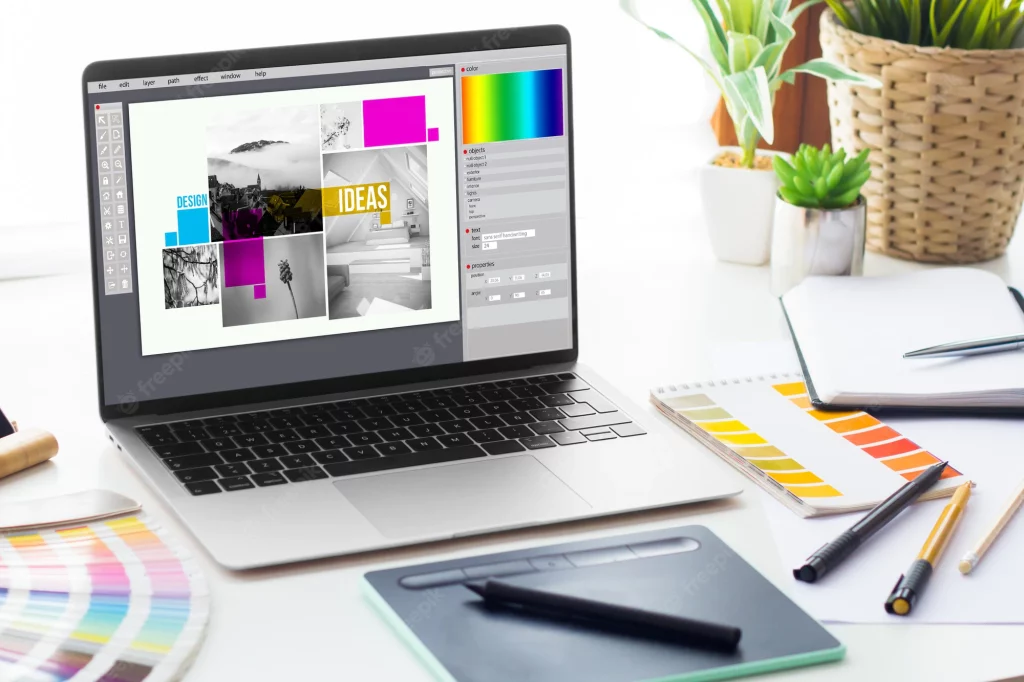How to Organize a Design Conference: Step-by-Step Guidelines
Organizing a design conference can be a challenging but rewarding experience. Whether you’re an experienced event planner or a first-time organizer, a successful conference requires careful planning and attention to detail. In this blog post, we will provide a step-by-step guide to help you organize a design conference that is both memorable and impactful.

Step 1: Define the Purpose and Goals of Your Conference
The first step in organizing a successful design conference is to define the purpose and goals of your event. Ask yourself: What do you want attendees to take away from the conference? What topics do you want to cover? Who is your target audience? These questions will help you determine the scope of your event and guide your planning decisions.
Step 2: Develop a Budget
Once you have defined the purpose and goals of your conference, it’s time to develop a budget. This should include all expenses related to the conference, such as venue rental, catering, marketing, and speaker fees. Be sure to leave room for unexpected expenses, as they can arise during the planning process.
Step 3: Choose a Venue
Choosing the right venue is crucial to the success of your design conference. Consider factors such as location, capacity, and amenities when selecting a venue. It’s also important to choose a venue that is accessible to attendees, with convenient transportation and parking options.
Step 4: Choose Speakers and Topics
The speakers and topics of your conference will play a significant role in attracting attendees and creating a successful event. Consider inviting speakers who are experts in their field and can provide valuable insights to your audience. It’s also important to select topics that are relevant and timely, and that align with the purpose and goals of your conference.
Step 5: Create a Schedule and Agenda
Once you have chosen your speakers and topics, it’s time to create a schedule and agenda for your conference. This should include the timing of each session, as well as any breaks or networking events. Be sure to provide a detailed agenda to attendees in advance, so they know what to expect and can plan accordingly.
Step 6: Plan Marketing and Promotion
Marketing and promotion are essential to the success of your design conference. Consider using social media, email marketing, and targeted advertising to promote your event to your target audience. It’s also important to create a visually appealing website and marketing materials that convey the purpose and goals of your conference.
Step 7: Hire Staff and Vendors
To ensure a smooth and successful event, it’s important to hire staff and vendors who can help you manage the logistics of your conference. This may include event planners, caterers, AV technicians, and security personnel. Be sure to provide clear instructions and expectations to your staff and vendors in advance, so everyone is on the same page.
Step 8: Execute Your Plan
With your plan in place, it’s time to execute your conference. Be sure to arrive early on the day of the event to ensure that everything is set up and running smoothly. It’s also important to have a backup plan in case of any unexpected issues, such as technical difficulties or last-minute cancellations.
Step 9: Collect Feedback and Analyze Results
After your conference has concluded, it’s important to collect feedback from attendees and analyze the results. This will help you determine what worked well and what areas can be improved for future events. Consider sending out a survey to attendees or conducting one-on-one interviews to gather feedback.
In conclusion, organizing a design conference requires careful planning and attention to detail. By following these step-by-step guidelines, you can create a successful event that provides value to your attendees and leaves a lasting impression.
Bonus: Possible Design Conference Topics
- The intersection of design and technology: trends, challenges, and opportunities
- The power of storytelling in design: techniques and best practices for effective storytelling
- Design thinking and problem-solving: strategies and case studies for using design thinking to solve complex problems
- Sustainability and ethical design: exploring the role of design in creating a more sustainable and socially responsible future
- The future of user experience (UX) design: emerging trends, technologies, and challenges
- Branding and identity design: best practices, case studies, and trends in branding and identity design
- Design for social impact: how design can be used to create positive social change and address societal issues
- Design in the age of social media: how social media has impacted design, and how designers can use it effectively
- The role of design in healthcare: innovations and best practices in healthcare design
- Design entrepreneurship: strategies and insights for designers looking to start their own businesses.
